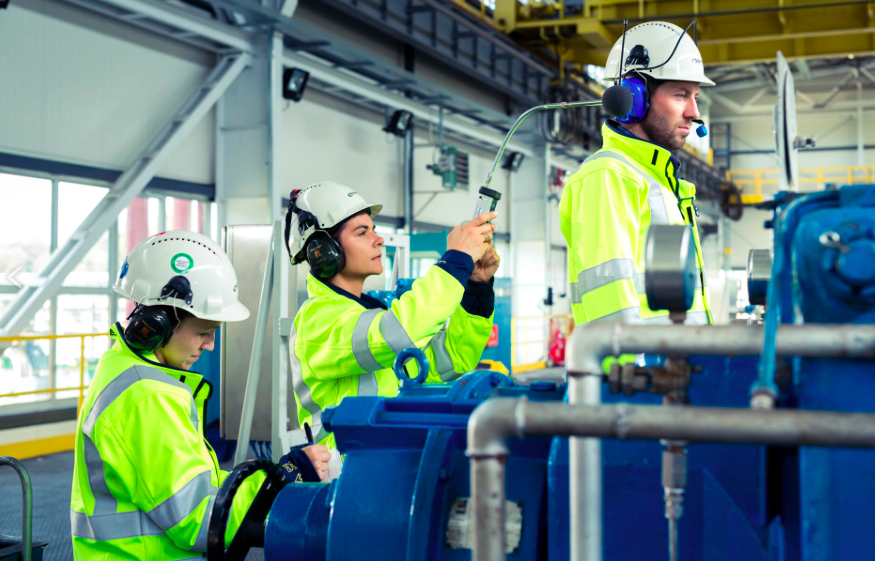Coal-fired power and heating plants have four years to decrease emission of pollutants, said the European Commission in a press release. Brussels announced it would verify emissions permits for large combustion plants.
The European Commission’s press release pertains to the latest EU regulations that determine the emission standards for large combustion plants (so-called BAT LCP). Poland was opposed to tightening the emission standards claiming it would impede the development of its energy sector, which is based on coal.
The EC’s release says that Brussels was taking action to prevent pollution from large power and heating plants. They are responsible for about a third of all industrial air pollution.
“The biggest combustion plants with a total thermal input of more than 50 MW, irrespective of the type of fuel used are a key source of air pollution in the EU,” the press release said. This is why it is necessary to implement economically and technically viable methods of emission reduction.
The restrictive emissions limits were included in the so-called Best Available Techniques Conclusions adopted at the end of last April. They apply to all large combustion plants with a capacity higher than 50 MW. Exceptions will be made to the plants that previously acquired derogations. The BAT regulations introduce tighter emissions limits of nitrous oxides, sulphur dioxide and particulate matter, which up till now have been regulated by the Industrial Emissions Directive (IED). Chlorine compounds and heavy metals, e.g. mercury were also added to the emission limits list.
During a meeting of the European Union Council, representatives of Member States adopted new emissions standards for industry, including coal-fired power stations. Poland and a few other countries voted against the new rules. The Ministry of Environment claims this may cost us PLN 10 bn.
“The adoption today of an implementing act by the Commission brings into effect “Best Available Technique”(BAT) conclusions for Large Combustion Plants. These have been developed through a transparent and thorough evidence-based process over several years, in intensive collaboration with EU Member States, industry and environmental NGOs,” the release said.
The new standards apply to about 3 500 plants in the EU. The Commission proposed to review their permits within four years, so that the plants will adhere to the stricter norms for all large combustion plants by mid-2021. “Tackling the issue of pollutants generated by large combustion plants is in line with EU priorities that pertain to the Energy Union and which will build low carbon economy,” the Commission stressed.
Clean energy is the EC’s priority and the Clean Energy For All Europeans package presented last November is to create stable regulatory framework that will ensure the energy system’s transformation. This is key to implementing the Paris climate agreement signed at the end of 2015.








